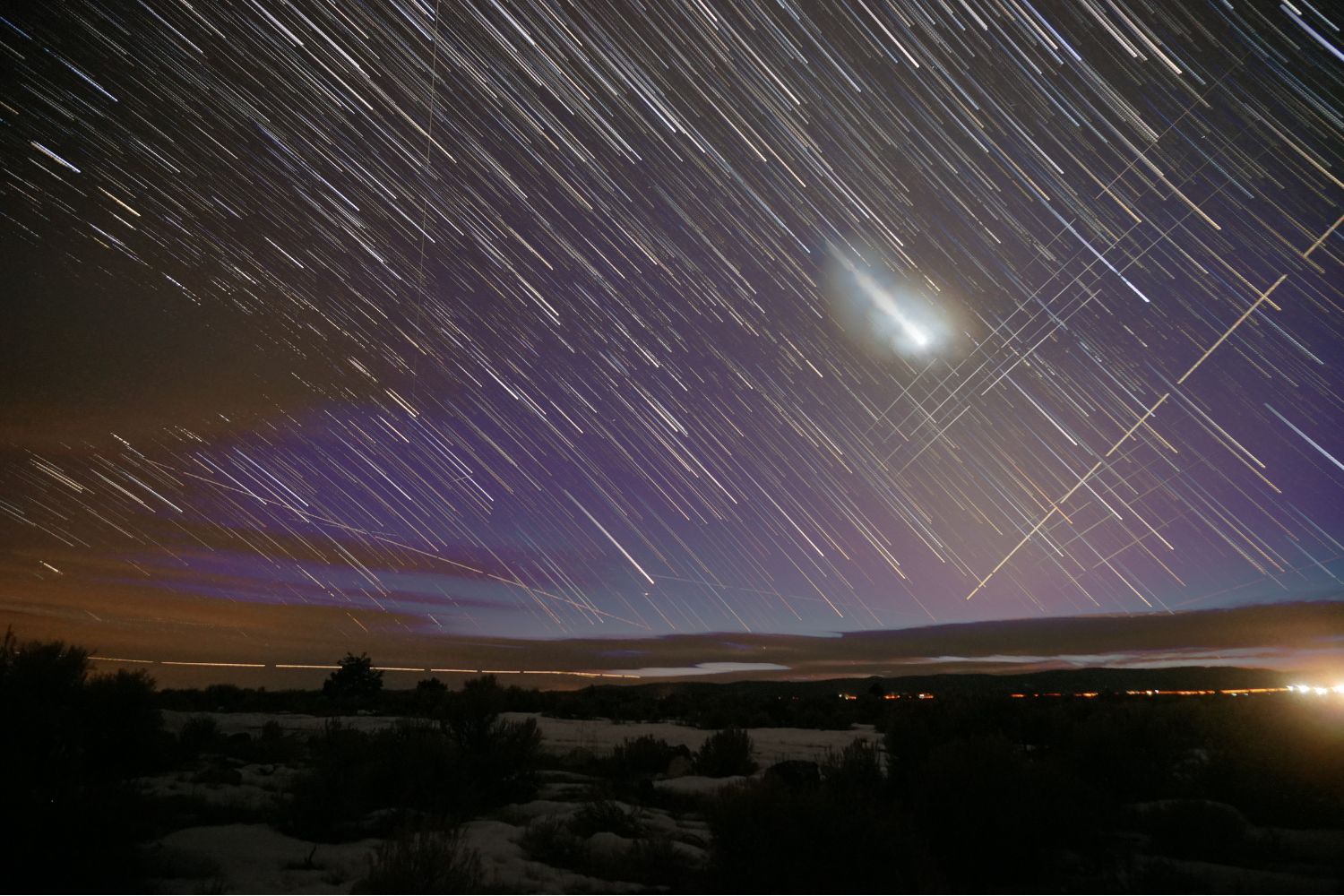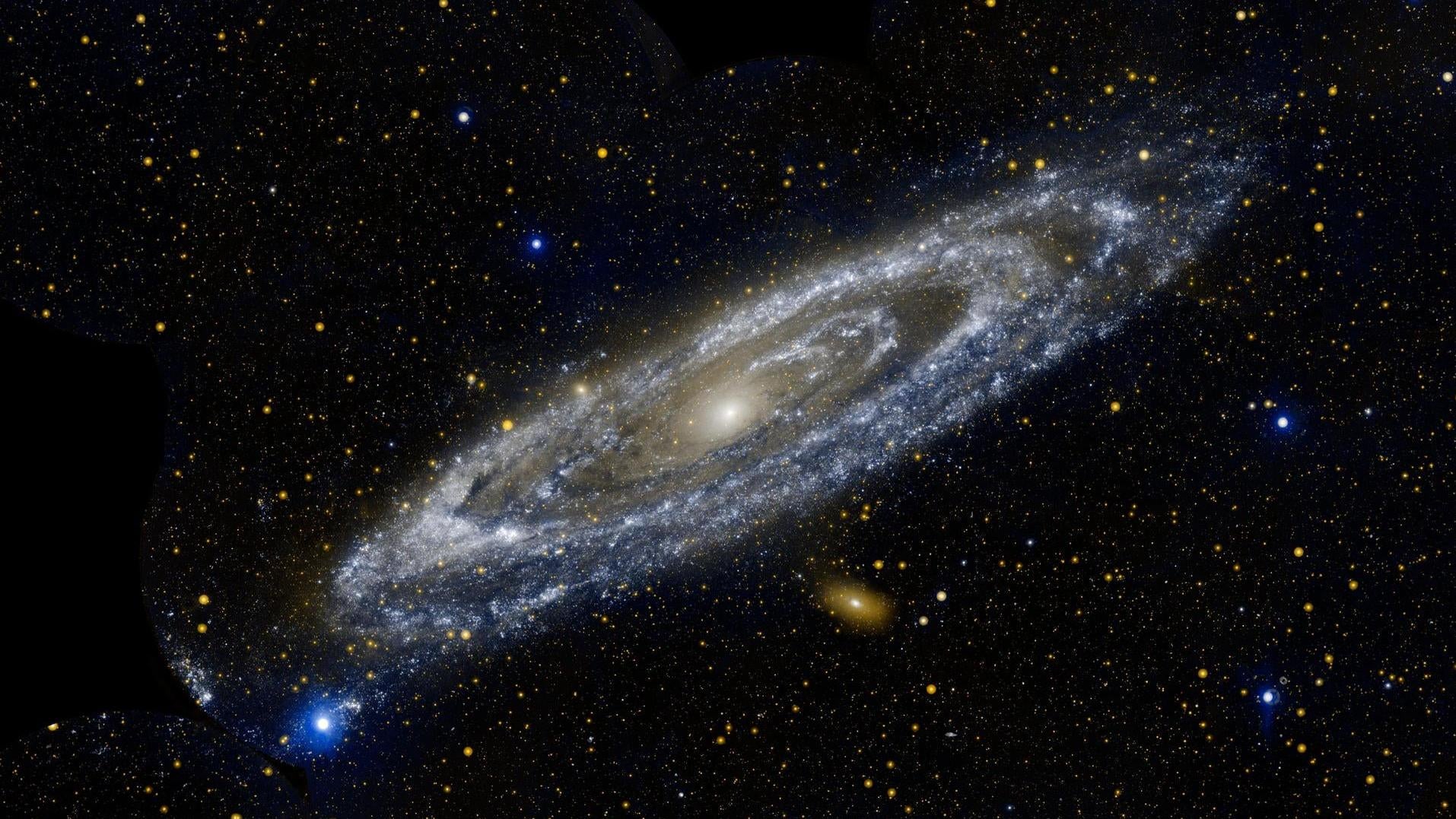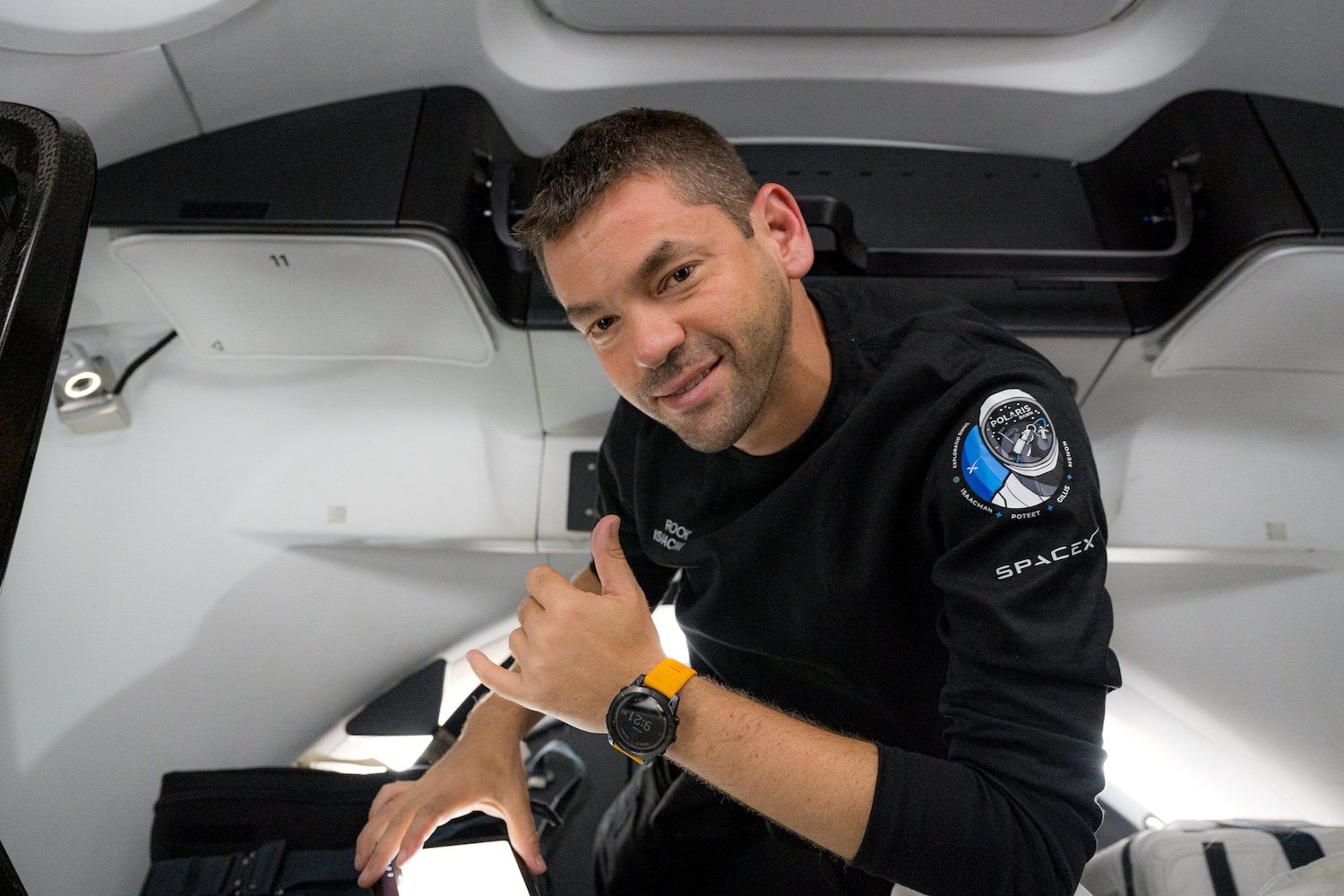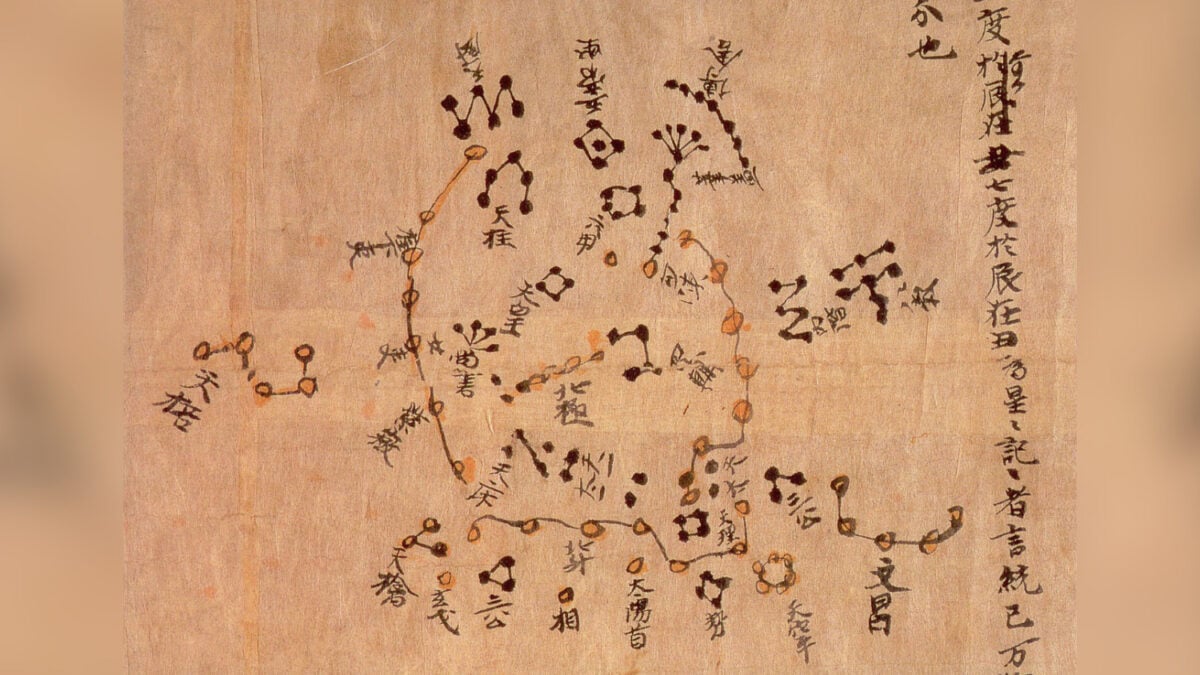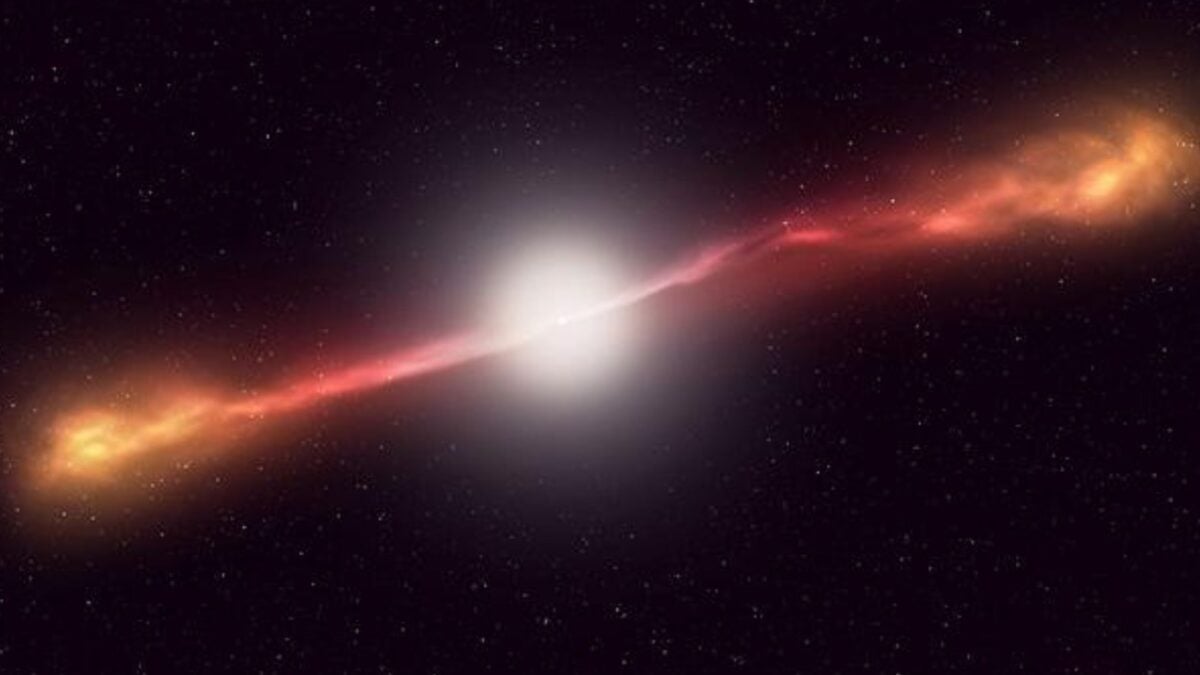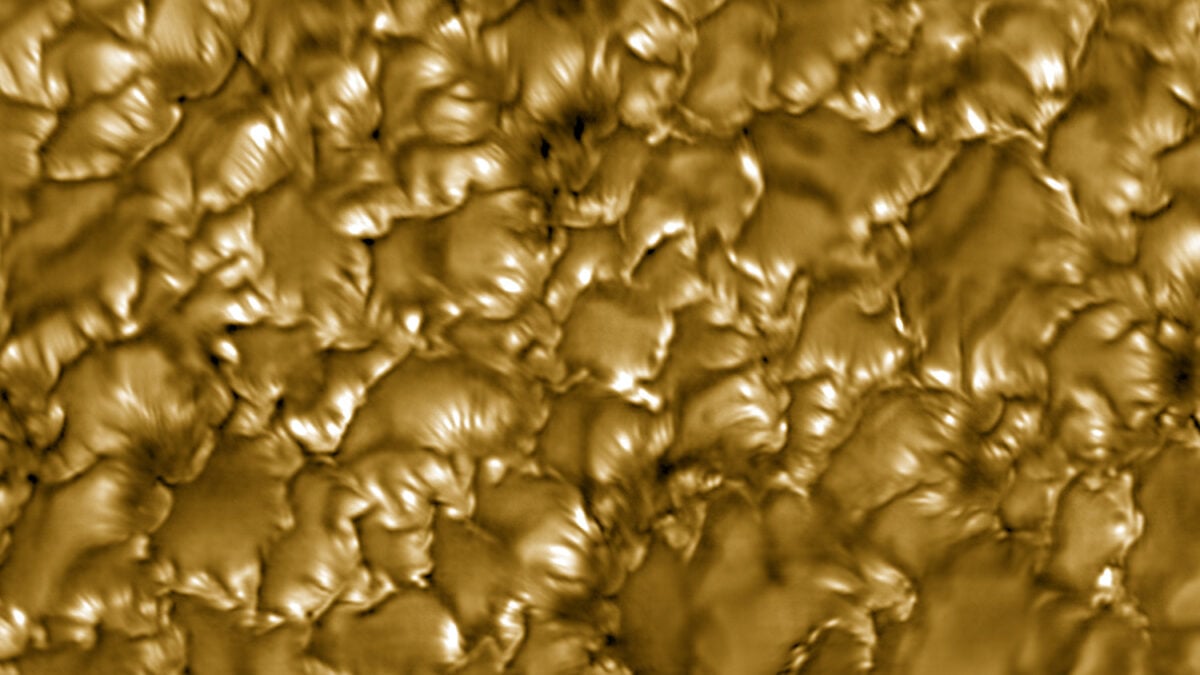Recent research indicates that increased solar activity is shortening the operational lifespans of SpaceX’s Starlink satellites and may cause them to reenter Earth’s atmosphere at higher speeds. This counterintuitive effect could elevate the risk of satellite debris reaching the ground. The findings, detailed in a preprint study awaiting peer review, contribute to growing evidence that solar storms significantly affect Elon Musk’s Starlink constellation, especially as the Sun approaches its solar maximum. The primary keyword Starlink satellites solar activity highlights this critical interaction.
The Sun’s Influence on a Crowded Orbit
Over the past few years, the frequency and intensity of solar storms have escalated as the Sun moves towards the peak of its 11-year cycle. Concurrently, the number of satellites in Low Earth Orbit (LEO) has surged, largely driven by the expansion of private megaconstellations like Starlink. This escalating solar activity presents new challenges for satellite operations.
A research team, led by Denny Oliveira from NASA’s Goddard Space Flight Center, meticulously tracked the reentries of Starlink satellites between 2020 and 2024. This period notably aligned with the ascending phase of the current solar cycle, with solar activity intensifying ahead of the solar maximum, which occurred in October 2024.
Geomagnetic Storms and Accelerated Orbital Decay
Throughout the five-year study, 523 Starlink satellites reentered Earth’s atmosphere. Oliveira’s team employed statistical analysis to discern patterns in their orbital decay rates and reentry trajectories during periods of heightened solar activity. The study found that geomagnetic activity—disturbances in the upper atmosphere initiated by solar eruptions—compels Starlink satellites to deorbit sooner than their designed five-year lifespan. Oliveira communicated to maagx.com that severe geomagnetic storms could curtail their operational lives by approximately 10 to 12 days.
The researchers theorize that this accelerated decay results from geomagnetic activity heating and expanding Earth’s atmosphere. This expansion increases atmospheric drag on satellites, shortening their satellite lifespan and causing them to lose altitude more rapidly. Furthermore, increased atmospheric drag could heighten the risk of satellite-on-satellite collisions, as current orbital models for collision avoidance do not fully incorporate the nuanced effects of geomagnetic disturbances. The team’s findings are accessible on the preprint server arXiv.
Faster Reentry: A Paradoxical Debris Risk?
A reduction of 10 to 12 days in orbital life might seem minor, but Oliveira explained it could severely hamper SpaceX’s ability to ensure controlled satellite reentry for Starlink units. His analysis further suggests that the increased drag leads to satellites reentering at greater velocities. Paradoxically, he posits this might increase the chances of space debris surviving reentry and reaching the ground.
This hypothesis appears counterintuitive, as higher reentry speeds generally correlate with more complete disintegration due to friction. However, Oliveira suggests that satellites falling at greater speeds might experience reduced overall interaction time with the denser parts of the atmosphere, potentially allowing some components to survive. This aspect requires further investigation, as the study did not directly assess debris survival risks.
Starlink’s Design Versus Ground Realities
Starlink satellites are designed to disintegrate completely upon reentry. However, incidents show this is not always the case. In 2024, a 5.5-pound (2.5-kilogram) piece of Starlink debris was discovered on a farm in Saskatchewan, Canada, as reported by New Scientist. In February of the same year, SpaceX acknowledged the possibility of Starlink fragments reaching Earth but maintained that this poses “no risk to humans on the ground, at sea, or in the air.”
Navigating an Increasingly Congested LEO Environment
Currently, over 7,500 Starlink satellites are in orbit, according to data tracked by Harvard University astronomer Jonathan McDowell (tracker). SpaceX aims to expand this fleet significantly, with a long-term goal of launching 42,000 Starlinks, as noted by Space.com. This massive constellation is part of a rapidly growing population of satellites from various operators. For more information on satellite constellations, see our [internal_links] section on LEO development.
“This is the first time ever in history that we have so many satellites in orbit at the same time,” Oliveira remarked. “So, now, we have satellites reentering pretty much every week. And possibly, in the next months or years, every day.” As Earth’s orbit becomes increasingly crowded, understanding the impact of solar storms and geomagnetic activity on satellite lifespans and reentry dynamics is critical for ensuring the sustainability of space operations and mitigating risks on the ground.
Conclusion
The interplay between Starlink satellites solar activity presents a complex challenge, with new research highlighting shortened operational lives and potentially altered reentry dynamics that could increase space debris risks. While Starlink satellites are designed for demise upon reentry, real-world incidents and scientific projections underscore the need for continuous monitoring and adaptive strategies. As Low Earth Orbit becomes more congested, a deeper understanding of these solar-terrestrial interactions is paramount for safe and sustainable space utilization. Staying informed about these evolving orbital hazards is crucial for the future of space exploration and technology.
References
- Oliveira, D. et al. (Preprint). Study on Starlink reentry and solar activity. arXiv:2505.13752
- SpaceX. Starlink Satellite Information. Starlink Updates
- Le Page, M. (2024). Starlink satellite part hit a Canadian farm when it fell from orbit. New Scientist. View Article
- SpaceX. (2024). Starlink Approach to Satellite Demisability. PDF Document
- McDowell, J. Starlink Constellation Statistics. Planet4589.org
- Space.com. SpaceX Starlink Satellites. Read More



